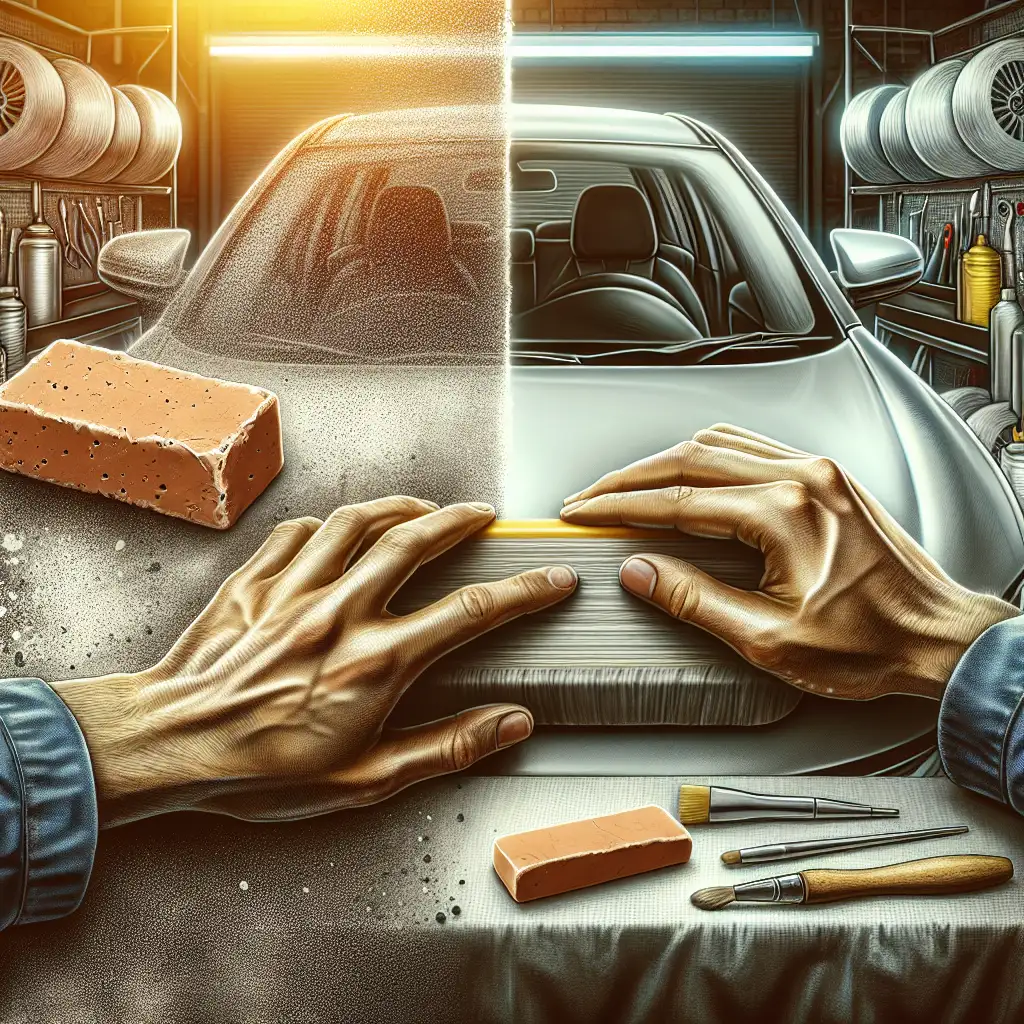Using Clay Bars for a Smooth Finish: How Clay Barring Can Remove Contaminants and Prepare Your Car for Waxing
Discover the benefits of clay barring your car to achieve a smooth, contaminant-free surface, perfect for waxing.

Achieving a pristine, smooth finish on your car is a goal for many car enthusiasts and owners. One effective method to reach this goal is by using a clay bar. This article will guide you through the process of clay barring, explaining how it removes contaminants and prepares your car for waxing.
What is a Clay Bar?
A clay bar is a resin mixture designed to remove contaminants from the surface of your car's paint. These contaminants can include industrial fallout, brake dust, tree sap, and other pollutants that regular washing might not eliminate. By using a clay bar, you can achieve a cleaner, smoother surface, which is essential for effective waxing.
Why Use a Clay Bar?
Over time, your car's paint can accumulate various contaminants that are not easily removed by washing alone. These particles can embed themselves into the paint, leading to a rough texture and potentially damaging the finish. Clay barring helps to:
- Remove embedded contaminants
- Enhance the smoothness of the paint surface
- Prepare the surface for waxing or sealing
By removing these impurities, clay barring ensures that the wax or sealant can adhere properly, providing better protection and a more brilliant shine.
How to Use a Clay Bar
Step 1: Wash Your Car
Before using a clay bar, thoroughly wash your car to remove any loose dirt and debris. This step prevents scratching the paint during the clay barring process.
Step 2: Prepare the Clay Bar
Take a piece of the clay bar and knead it into a flat, disc-like shape. This makes it easier to handle and ensures even contact with the car's surface.
Step 3: Lubricate the Surface
Use a clay bar lubricant or a mixture of water and car wash soap to spray the area you plan to work on. Lubrication is crucial to prevent the clay from sticking to the paint and causing damage.
Step 4: Glide the Clay Bar
Gently glide the clay bar over the lubricated surface in a back-and-forth motion. You should feel the clay picking up contaminants. If the clay becomes dirty, fold it to expose a clean surface.
Step 5: Wipe and Inspect
After claying a section, wipe it with a microfiber towel and inspect the surface. It should feel smooth to the touch. If not, repeat the process.
Preparing for Waxing
Once you've finished clay barring, your car's surface will be free of contaminants and ready for waxing. Waxing after clay barring ensures that the wax adheres better, providing a longer-lasting shine and protection.
Apply your chosen wax according to the manufacturer's instructions, and enjoy the enhanced gloss and protection that a properly prepared surface provides.
Conclusion
Using a clay bar is an essential step in car maintenance for those seeking a smooth, contaminant-free finish. By following the steps outlined above, you can effectively prepare your car for waxing, ensuring a brilliant shine and long-lasting protection. Remember, regular clay barring can help maintain your car's appearance and value over time.
 CarChooser
CarChooser